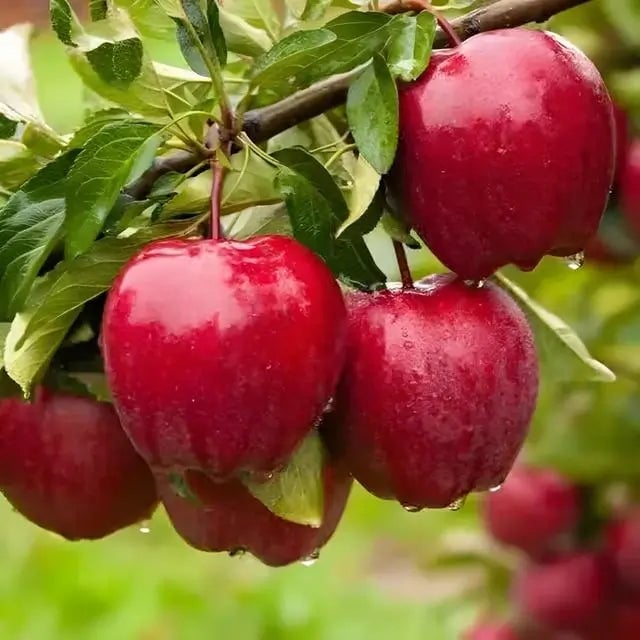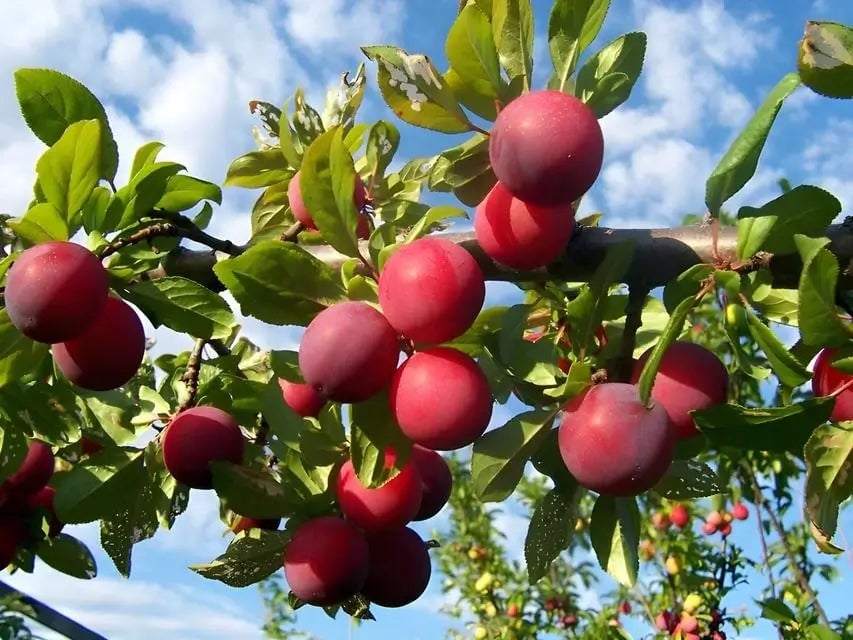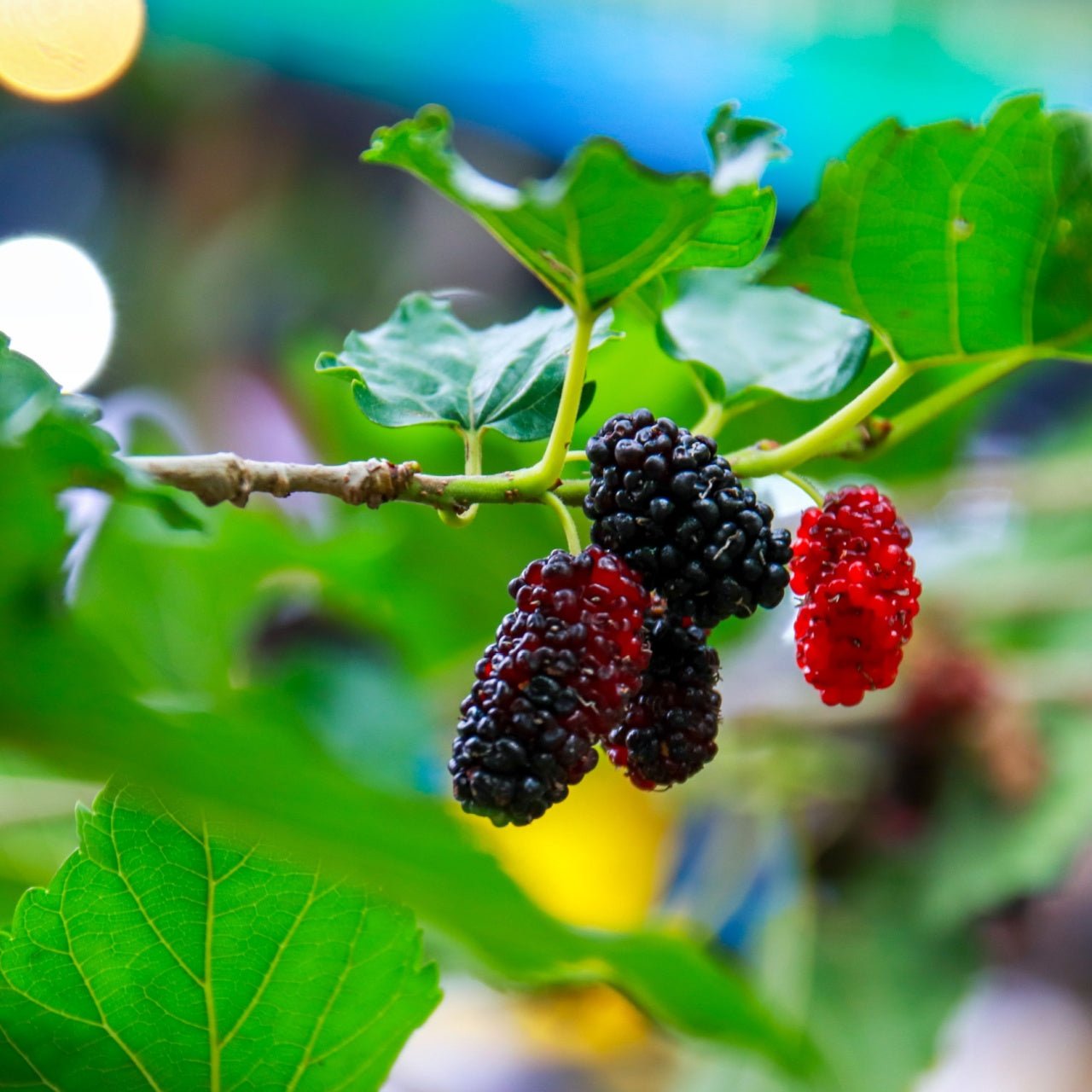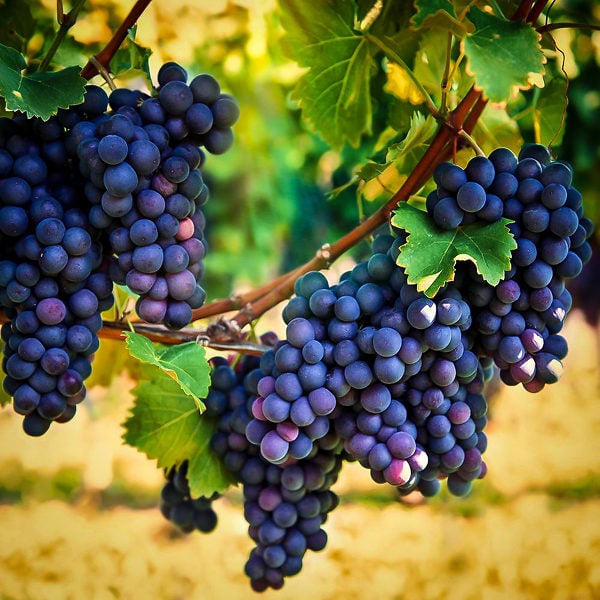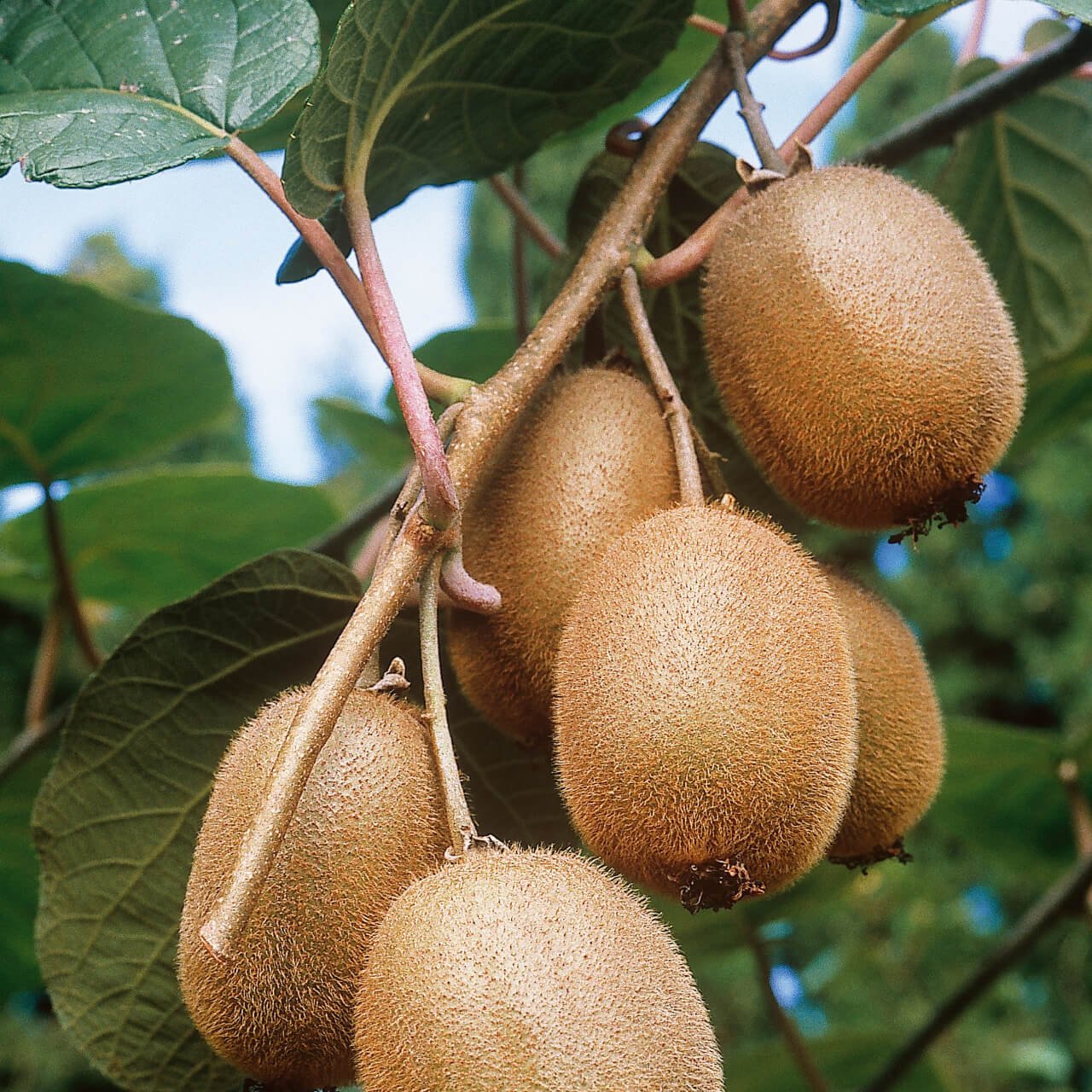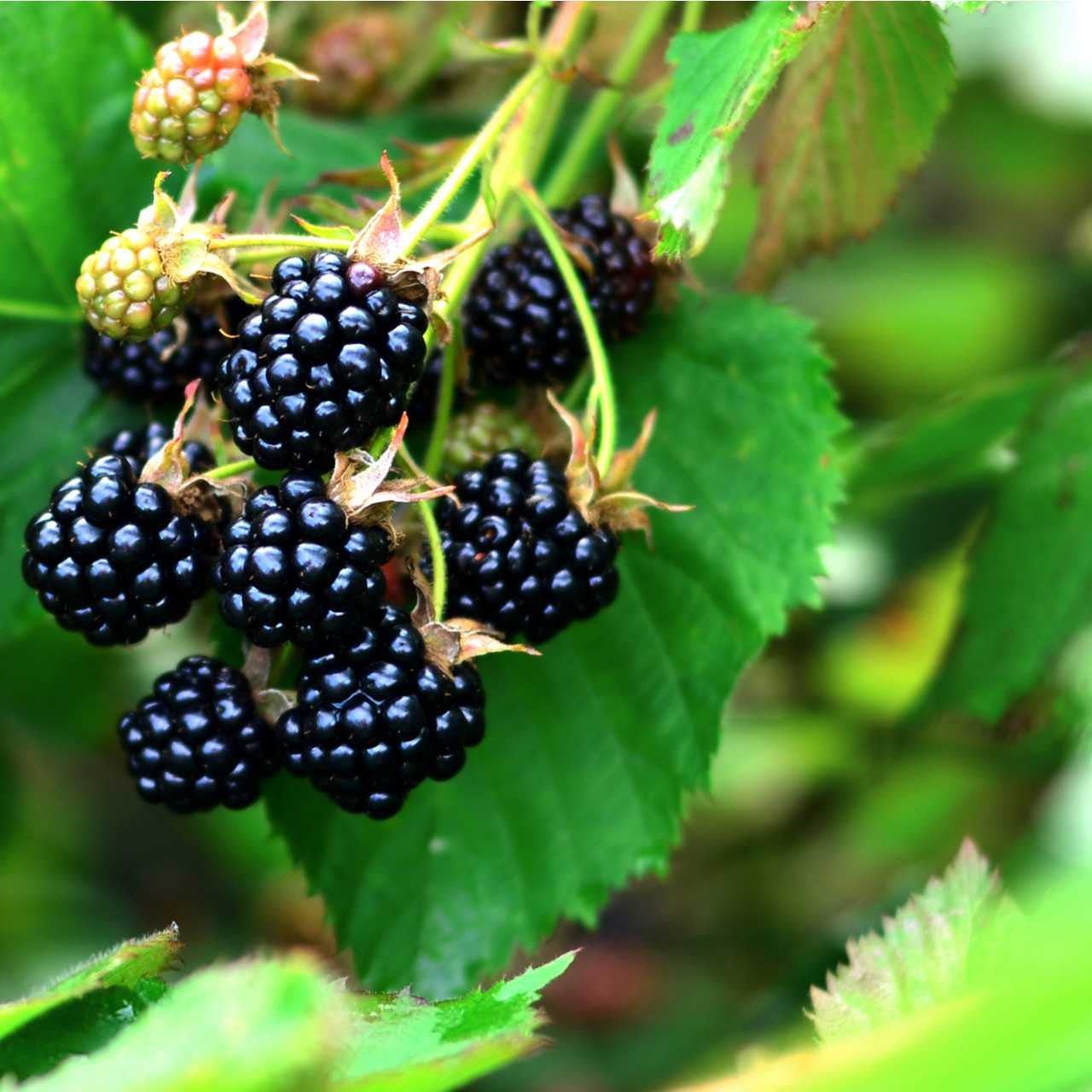Filters
Berry Plants
If you love growing strawberries, raspberries, blueberries, or blackberries, you know it can be a lot of work. And if you're doing it alone, you might wonder how to get the most out of your plants.
That's where this guide comes in. We'll show you how to grow and enjoy Berry Plants in Texas using available best practices and techniques.
When growing Berry Plants, remember a few things: Have a good soil mix. This will help your plants grow and reach their full potential. Be sure to water your plants regularly. A healthy plant will require plenty of water to stay healthy and productive.
Don't forget to fertilize your plants
Fertilizing will help your plants get the nutrients they need to grow and thrive. Watering your Berry Plants is one of the most important growing tasks. There are various ways to water your Berry Plants, but we recommend using a watering can with a sprayer.
This way, you won't have to wait for the water to soak into the soil before you can start planting. We also recommend using a potting mix high in potassium and magnesium. These two elements will help your plants grow and reach their full potential.
Types of Berry Plants
Start with the young plants—When you first start growing your Berry Plants, you want to start with the young plants. These plants will be more sturdy and will better handle the harsher conditions.
2. Plant in sandy or well-drained soil—Be sure to plant your Berry Plants in soil that is both sandy and well-drained. This will allow them to thrive under various conditions and help them get stronger as they grow.
3. Water regularly – Make sure to water your Berry Plants regularly. This is especially important if you live in a drought-prone area. Without water, your plants will become stressed and may not survive.
4. Give them lots of light – When you put your Berry Plants in full sunlight, they'll most likely suffer from stress and not perform as well as they'd otherwise. However, give them plenty of light so they can continue to thrive.
Using the Right Tools for the Job
You could use a garden tool, like a rake or hoe, to chop the ground up and make more space for your plants. Or you could use an irrigation system, like a sprinkler or rain barrel, to water your plants.
You could also use fertilizer, like dolomite or fish meal, to increase the growth of your plants. Enjoying Your Berry Plants. There are things you need to enjoy your Berry Plants. The first is healthy soil. This will make plants grow and produce the fruit they love. It would be good to have plenty of water and avoid direct sunlight or too much moisture.
In addition, make sure to keep your Berry Plants watered regularly so they don't get too dried out or sick. Conclusion If you're looking to get into the berry gardening business, there are a few things you need to consider before starting.
Considerations of Berry Plants and Fruit Trees
First, you need to know what kind of plants you want to grow, and then water and soil them. Various berry plants can be grown in Texas, so choosing the right one for your area is essential. If you're new to this process, consulting with a local nursery or garden center is also a good idea to get started. Once you have your plants, it's time to start enjoying them.




